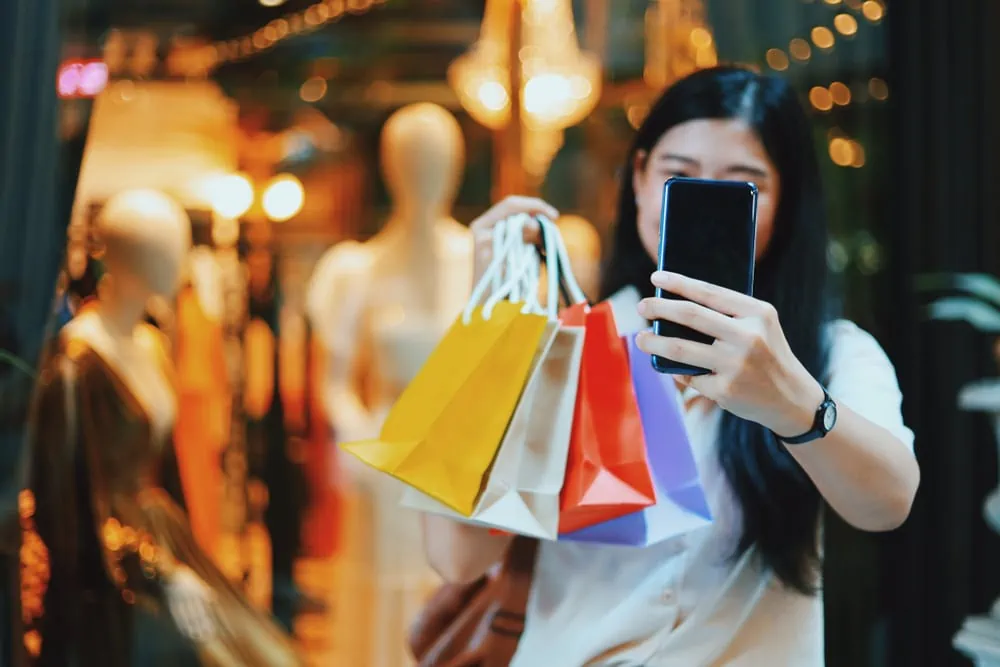Despite shaky economic figures, analysts and consumers alike remain “cautiously optimistic” about the potential for the consumer market to strengthen China’s post-Covid economy, writes Qing Na from Dao Insights
Although lower than the expected growth forecast between 6.7% and 7% in Q2, China’s 6.3% annual growth rate in April to June suggests that the world’s second-largest economy is continuing to heal. Nevertheless, a consensus appears to have been reached amongst economists: post-Covid momentum is faltering. The question of whether consumption can be further boosted will be key if China is to follow the trajectory of hitting its 5% full-year growth target.
Analysts from institutions including Huatai Securities, China Minsheng Bank and Zhixin Investment Research Institute believe that these figures could represent a “high point” for consumption figures due to holidays such as the May Day holiday, Dragon Boat Festival and 618 (China’s second-largest mid-year online shopping festival) driving consumption.
Much like the pattern of economic recovery, domestic consumer demand shows a bittersweet picture. Total retail sales of consumer goods in the country reached RMB 22.75 trillion (£2.47 trillion) in the first half of 2023, a year-on-year increase of 8.2%. This is reported to have contributed to 77.2% of the overall economic growth, with officials touting the efficacy of the country’s economic stimulus.
Among the sectors leading the rebound are the culture, tourism and catering industries, while categories such as automotive, jewellery and sports and entertainment are also regaining vitality, recording annual growth in May of 24.2%, 24.4% and 14.3%, respectively.
Despite consumer confidence gradually resuming, China’s record-high youth unemployment rate of 21.3%, coupled with a more cautious consumer cohort, will cast clouds over the country’s spending power in the months to come. In a McKinsey report published earlier in July, the tendency to consume lower-priced products or purchase through discounted channels was found to have remained high among Chinese consumers.
Describing sentiment in China as “cautiously optimistic”, Daniel Zipser, Senior Partner at McKinsey & Company’s Shenzhen office who leads Asia Consumer & Retail Practice and authored the July report, added that this doesn’t necessarily mean that Chinese consumers are willing to sacrifice high-end brands. The bounce back of luxury consumption in the first half of 2023 is evidence of that observation, where China has been labelled “a core contributor” to revenue growth for global luxury conglomerates, including Prada and LVMH.
International brands, meanwhile, have been regaining market share in China as the country has reopened, particularly in the categories of sportswear, beauty and infant formula. China reclaimed its title as the largest market for the Japanese beauty brand Shiseido in the second quarter. Sports giant Adidas also reported that sales in China increased by 16% in Q2 to EUR 766 million, after a consecutive decline in the past eight quarters. Several product lines have gained favour amongst Chinese consumers over the past six months, including the Cool Touch series created by Adidas’ Asia Creative Centre, as well as the X Crazyfast customised football shoes endorsed by Chinese female footballer Tang Jiali, which was released on the eve of the FIFA Women’s World Cup.
“[Consumers] want trade-up, they want to buy better products but they are not saying ‘let’s get them from a cheaper brand’. Instead, they look during the promotional seasons; they turn to different channels … for example, they are moving to livestream platforms as we found in the survey, because that’s where they find low-price-based deals”, says Zipser.
This situation means that businesses should be prepared to react to different scenarios for both mid-term and long-term prospects, Zipser tells Dao Insights. That means diversifying their plans to engage the market during the current uncertainty while also being ready to take agile actions in response to the “positive outlook” in the near future, especially considering that the percentage of China’s upper middle class (defined as households with an annual disposable income of over RMB 160,000, or £17,377.17) is expected to grow to 52% by 2025 from 41% in 2022, according to projections by McKinsey Global Institute Insights China.
Zipser also pinpointed travel scenarios as an avenue to further unleash consumption potential as tourism continues to regain traction. This would be of particular benefit to high-end brands, providing consumers with a “treasure hunting” retailing experience as they explore the world while serving as a sustainable solution for businesses to mitigate seemingly contradictory consumer psychologies.




